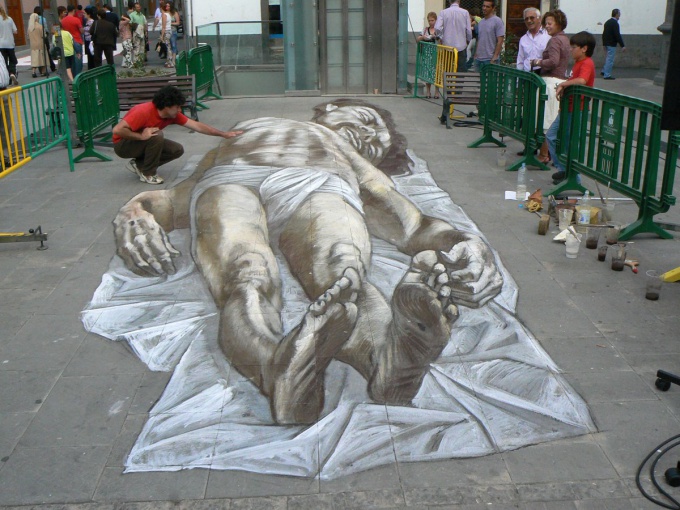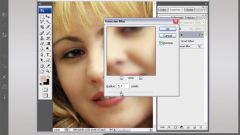Instruction
1
Budding artists is better to start to practice on a plain sheet of paper, and then go out to do on the street. Even the most experienced craftsmen first make a sketch on paper and then transfer it to the pavement.
2
The basic concept associated with three-dimensional images is an artistic term "perspective", that is, the three-dimensional object in space. In order to understand how to portray anything voluminous on the plane, you need to have a well-developed spatial thinking.
3
To get a really spectacular 3D image, you need to choose a point of view, that is the position from which the artist and the viewer looks at the canvas, or sheet asphalt. With selected points of your figure and will seem three-dimensional. Then you have to decide where the light falls on your drawing, because this will depend on the location of the shadows in the image, namely the shadows and give a flat drawing depth. Get started creating images remember that bulky items are drawn darker closer to the edges, and lighter in the center, if the light is on them according to your idea falls in the front. If the light is incident on the object side, your figure will be correspondingly lighter on the side where is located the intended light source, and darker on the opposite side.
4
Better start to learn to draw simple geometric rectangular shapes – cubes and parallelepipeds. To do this, draw three axes, and position them on the drawing, as is done in geometry class. Gradually improving their skills, move on to a rounded and more complex images, and then discard the auxiliary axes. For the first works also recommend that you choose black-and-white drawings, and then gradually start experimenting with color.
5
If you want your picture looked on the pavement effectively, no need to make it a clear rectangular boundaries. Background it is desirable to select such a shade, to correspond with the color of the surface on which you apply it.



